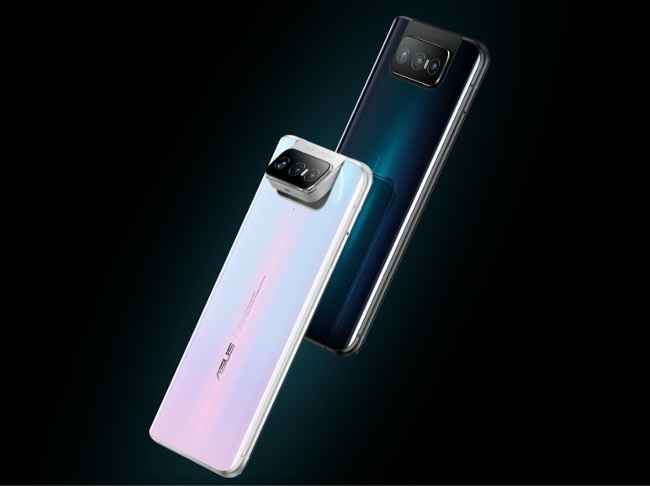Airtel customers could soon witness a tariff price hike as hinted by Bharti Airtel chairman Sunil Mittal. As per Mittal, Airtel users should get 1.6GB of data for Rs 160 instead of receiving 16GB data for the same price. Currently, Airtel offers 1GB data per day for 24 days at Rs 199. This translates to around 24 GB data at Rs 199 and if Mittal has his way, users will possibly receive just 2.4 GB data for the price.
According to a report in PTI, Sunil Mittal, Chairman at Airtel said, “You either consume 1.6 GB of capacity per month either at this price point or you may prepare to pay a lot more. We are not wanting USD 50-60 like the US or Europe but certainly USD 2 for 16 GB a month is not sustainable.”
The Airtel chief also said that the ARPU (average revenue per user) is slated to cross Rs 200/monthly in the next six months or so. Interestingly, Airtel considers watching TV, movies and entertainment to be part of “special services” for which it expects users to pay. “We need a Rs 300 ARPU in which you will still have a lower end at Rs 100 a month with decent amount of data. But if your consumption is largely around watching TV, movies, entertainment and depriving other vital special services networks, then you need to pay for that,” Mittal added.
Back in December 2019, Airtel, Jio and Vodafone raised the prices of their respective tariff plans by upto 40 per cent and as a result, Airtel was able to witness an increase in the ARPU to Rs 157 by the end of June 2020. Though it is not currently known whether Jio and Vodafone-Idea are also going to increase the prices of its tariff plans. Reliance Jio’s ARPU recorded an increase to Rs 130 by the end of March 2020.
In comparison to Airtel, Jio offers 1GB data every day for 24 days at Rs 149 and Vodafone-Idea offers the same benefits but at Rs 199, the same as Airtel.
from Latest Technology News https://ift.tt/3lhDtO1

